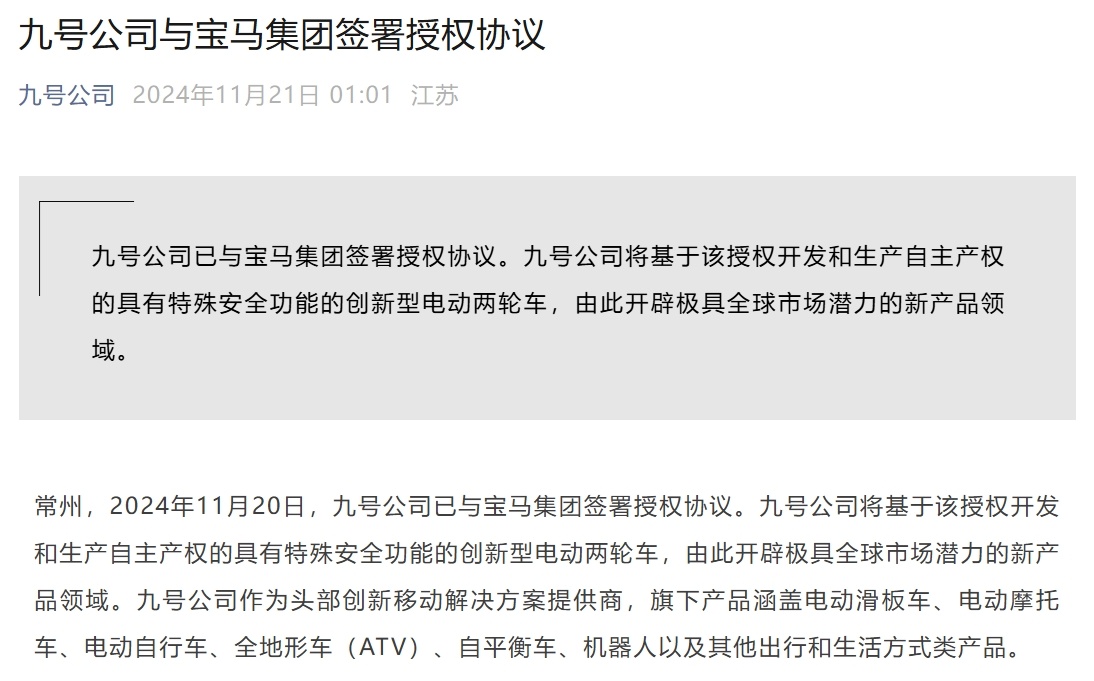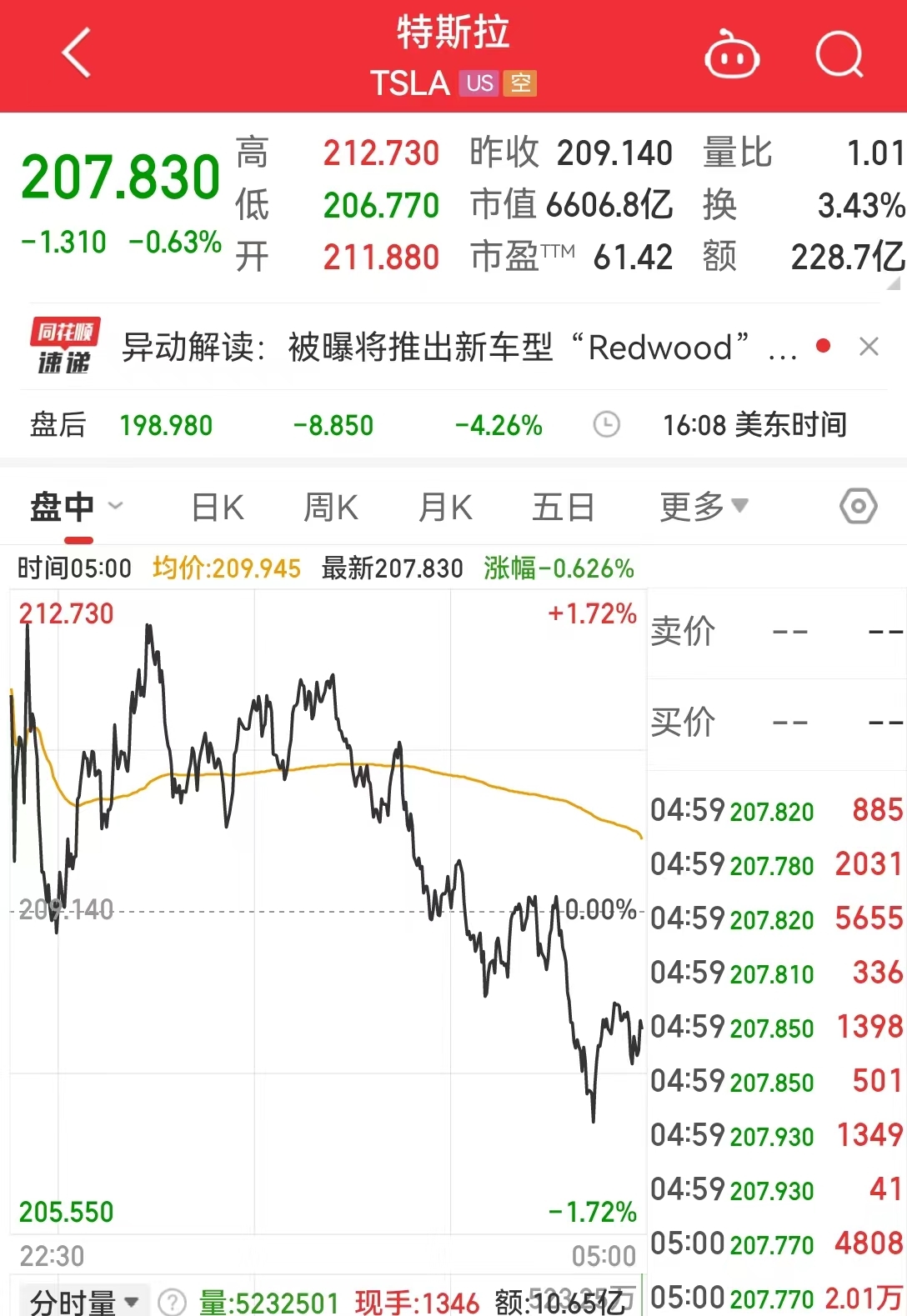
The picture shows that in this summer harvest season, the agricultural socialization service organization in Yicheng County, Shanxi Province provided machine harvesting services for farmers. source map
At present, agricultural socialization service plays an increasingly important role in leading small farmers to carry out moderate-scale operation and develop modern agriculture. It is a historical task to promote the construction of modern agriculture to strengthen agricultural service organizations and vigorously carry out agricultural productive services for farmers. Today, the Agricultural Socialization Service Edition meets with you. Here, you will join us in the field practice of developing agricultural socialization services all over the country and appreciate the charm of modern and intensive agricultural production based on family management; Here, you will learn about the national policy measures and latest trends to promote agricultural socialization services, and get the most authoritative policy interpretation and expert opinions; Here, you will witness with us the solid step of the sound development of agricultural socialized service system in the new era … … In the first issue, we will take you into Shanxi Province to explore how the socialized agricultural service, which focuses on production trusteeship, has been rapidly pushed forward in this land in just a few years.
"You let me manage the business, and I will let you work easily." "You can earn money outside, and I will help you farm at home." At the beginning of August, the reporter came to Shanxi, all the way from south to north, and such vivid and clear slogans can be seen everywhere in the countryside. In the field, patches of corn are brushed above people’s heads, and the growing corn cob stands upright in spirit at the waist of the plant.
The chairman of the cooperative, the person in charge of agricultural enterprises, farmers and village cadres, the undertakers of all aspects of agricultural socialization services, enthusiastically support this "new thing" in their eyes, because everyone has tasted the sweetness — — Agriculture saves costs and increases efficiency, green production technology falls to the ground, and farmers save effort and increase income … … A vibrant picture of modern agriculture spreads out on this land.
In 2017, the agricultural socialized service project supported by the central government first landed in Shanxi. In less than three years, the agricultural production trust area in Shanxi Province has grown from several hundred thousand mu to 8.9 million mu, and the "Hongtong model", "Shouyang model", "Stay in the village" and "Yicheng model" have been explored, which has achieved win-win results for farmers, service organizations, rural collective economic organizations and county and township governments. This year, 350 million yuan from the central government supported Shanxi Province to continue to carry out agricultural socialization services with agricultural production trusteeship as the mainstay, which is the province with the largest amount of support funds in the country. At present, it has been pushed out in 81 counties in the province and promoted in five cities including Linfen.
"Shanxi farmers have a strong feeling of attaching importance to soil. Farmers generally adopt the mode of working nearby and farming. In recent years, land transfer has been difficult to advance. The land transfer rate is only 18%, far below the national average, which restricts the development of modern agriculture based on scale operation." Ao Jun, deputy director of Shanxi Rural Cooperative Economic Guidance Office, said, "Agricultural socialized service has realized scale operation without transferring land, which has opened up a new path for solving the problem of modern agriculture in Shanxi."
Centralized contiguous land is the key.
Only the trusteeship of service scale management can improve the comprehensive benefits and competitiveness of agriculture.
The 10,000-mu concentrated contiguous corn plot managed by Jiahe Company in Shouyang County, Shanxi Province will be shocked by the green ocean as far as the eye can see. On the other side of the road, there stands a two-story building for scientific research and office of the company. In front of the building, four 9-row precision seeders, five subsoilers and two large grain harvesters imported from America are lined up.
"This is the most advanced seeder, and such a large plot can be broadcast in a few days. It takes more than 20 days for farmers to broadcast themselves. " Sun Haibin, head of Jiahe Company, told the reporter. Every year just after the Qingming Festival, farmers start sowing in order to catch up with the farming season, and it will last until around May 1. Because of the early sowing, the temperature can’t reach the temperature of corn germination, so farmers can only spread plastic film, and the plots entrusted to the company can be sown on May 5, which can be completed in a few days. In this way, corn can germinate well without covering with plastic film.
During the spring sowing, if a drone is used to shoot down from Shouyang County, the 10,000-acre plot managed by Jiahe Company is green and oily, while other plots are covered with glistening plastic film. "The damage caused by plastic film to the soil is irreparable, and it is difficult to degrade in the soil for hundreds of years, resulting in worse and worse soil fertility." Wang Aibao, director of Shouyang County Agricultural Economics Center, said.
The realization of no plastic film mulching depends not only on advanced agricultural machinery, but also on excellent varieties and a set of advanced agronomy guided by Mexican corn experts hired by the company with high salary. Because the corn planted in Jiahe has strong lodging resistance, it can be harvested one month later than farmers, and the corn is directly air-dried on the plant, eliminating the drying link. Last year, the yield per mu was 1,092 kg, which was 392 kg higher than that of farmers’ own cultivation under the same soil fertility, and the income from increasing production by 5,000 mu reached 3.5 million yuan. Due to the uniform variety and good quality, corn is snapped up by large farms and processing plants at a price of 2 cents per catty higher than the market price, and there is no shortage of sales.
"Advanced agricultural machinery and agronomy can only benefit from concentrated contiguous large plots. The company invested tens of millions of yuan in the early stage. If there is no certain scale, the cost will be difficult to recover. " Sun Haibin said.
Agricultural enterprises such as Jiahe Company are an important subject that Shanxi undertakes social services. In addition, there are planting cooperatives, agricultural machinery cooperatives, scientific and technological service enterprises, rural collective economic organizations, family farms and other subjects. "No matter what kind of subjects provide socialized services, we guide them to focus on service scale management through financial support projects." Yan Jun said. This year, under the unified arrangement of Shouyang County, Jiahe Company’s custody service has also been subsidized, directly supplying farmers, and the speed of custody promotion has also accelerated, with an increase of 5,000 mu over last year, realizing the full custody of 10,000 mu.
It is difficult to create high efficiency in producing small plots of land for custody services. In this regard, Wang Yonggang, chairman of Zhongxin Agricultural Machinery Professional Cooperative in Yuci District, Jinzhong City, deeply felt: "Farmers’ plots are scattered, and a farmer’s land of about 10 mu may be distributed in several places in the village. In the first few years, when doing custody services, farmers all came to the door alone, driving the machine from this land to another, with high fuel and labor costs and high service fees charged by farmers."
This year, under the support and guidance of the production trusteeship project, three villages in Dongyang Town integrated 5,500 mu of land and promoted it in succession, and Zhongxin Cooperative provided trusteeship services. Wang Yonggang said excitedly: "The cost can be saved by at least 30%, among which, the labor cost can be saved by 10% and the fuel cost can be saved by 20%. In the past, the farmers in these villages asked us for help in harvesting, and it took a month to complete it. Now, after concentrated contiguous, the harvesters of the cooperatives are mobilized and can be collected in three days. " Wei Jie, the economic management station of Quwo County, told the reporter, "Last year, the collective economic organization of Qingang Village undertook the production custody of the 2,000-mu wheat seed production base, and the custody service project area was centralized, with unified seed supply, unified technology, unified operation, unified standards and unified sales. The wheat varieties were unified, the quality was higher, and the price went up!"
It is difficult to guide small farmers to participate.
Farmers hand over their land to service organizations, and what they are most worried about is that the land is not well planted and what to do in case of disasters.
Who is the target of agricultural socialization service? Ao Jun believes that the focus is on small farmers. "Cooperatives and other new business entities have achieved scale operation. More than 80% of Shanxi’s land is still operated by small farmers. It is a more urgent task at present to fill the shortcomings of small farmers and bring them into the track of scale operation." Shanxi’s agricultural socialized service support projects mainly support socialized service organizations serving small farmers.
"If you want farmers to safely hand over the land to you, you must first gain the trust of farmers." Zhi Peilin, head of the HSBC Agricultural Professional Cooperative Association in Jinzhong City, said. After six years’ development, HSBC has managed 200 mu of land from its initial establishment, and now its managed area has reached 76,000 mu, serving nearly 7,000 farmers. The cooperative has 3 agricultural enterprises, 44 cooperatives and 7 family farms. The key to the success of this road, Zhi Peilin believes that the most important thing is to take farmers to do and show them, so that farmers can enjoy tangible benefits.
"One acre of seed is preferential to 10 yuan money, and each bag of chemical fertilizer is preferential to 20 yuan. Cooperatives provide managed farmers with superior varieties and advanced technologies, and the yield per mu is conservatively calculated to increase by 200 Jin. When you cut costs and increase accounts, you will earn more in 200 yuan per mu. Farmers will save time and effort and increase their income, and naturally they will entrust the land to you. " Zhi Peilin said.
Xin Zhiming, from Xinjiazhuang Village, Shitie Town, Yuci District, has entrusted the land to HSBC for cultivation since 2016. Xin Zhiming told the reporter: "The 13 mu of land at home pays a custody fee of 800 yuan per mu, regardless of planting and harvesting. The cooperative has a guaranteed output of 1,500 kilograms. After three years, it can have a net income of more than 10,000 yuan per year." Xin Zhiming usually goes out to work. In the past, when he was farming at home, he had to come back for two months every year for sowing and harvesting, and the loss of wages was at least 5,000 yuan. Now he doesn’t have to worry about it at all and can work outside with peace of mind.
What are the farmers worried about? What should I do if I give you the land to plant? What should I do if I encounter a natural disaster? During the visit, the reporter found that most of the contracts signed by the cooperatives with farmers agreed on the guaranteed output, which is higher than that of farmers themselves in normal years. In case of serious natural disasters, farmers and social service organizations share the losses together, and insurance can make up for some of them. Even in case of extreme crop failure, the losses are under control.
This year, many places in Shanxi suffered from drought. Zhi Peilin said: "The land entrusted by the cooperative is insured. Farmers only need to pay 3.78 yuan per mu of land, and the government subsidizes 25 yuan to get compensation from 360 yuan. Part of the insurance compensation, cooperatives and farmers each bear a part, which is acceptable. "
Ao Jun believes that whether risks are shared is the biggest difference between land transfer and agricultural production custody. In land transfer, all risks are borne by new business entities. Because of the high transfer cost, it may be impossible to turn around after losing one year. The agricultural production trust, the land is still in the hands of farmers, service organizations do not have to pay high circulation fees to increase the cost of farming, risk sharing, and more sustainable management. "The land is still managed by farmers. Compared with land transfer, it is easier for farmers to accept it." Yan Jun said.
When the reporter looked at the contract signed by Jiahe Company with farmers this year, he found that there are three ways of cooperation: 600 yuan is charged for service per mu, and 1,800 Jin of grain per mu is paid to farmers in the following year; The company pays the service fee in advance, and pays the farmers the income per mu of 900 yuan in the following year; 600 yuan service fee is charged per mu, and it is promised to increase production by 200 Jin per mu. If it cannot be reached, the company will make up for it. "Farmers choose which one is acceptable. The main body of the contract signing, there are farmers from one household, a trusteeship contract of seven or eight acres, a dozen acres, and a contract signed with the village Committee, in which the village came forward to organize farmers to participate, and a trusteeship contract of one or two hundred acres … …” Sun Haibin said, "This flexible and diverse mode of cooperation has won the praise of farmers and village committees and contributed to the rapid expansion of service area."
Adhering to market dominance is the principle.
The price and mode of service are all decided by the market, and the government supports and guides them appropriately. The two "forces" complement each other.
"In the final analysis, agricultural socialized service is a market behavior, and the government’s support and guidance must respect the laws of the market, so that the formed model can go far." Ao Jun said, "We give farmers agricultural production hosting subsidies in strict accordance with the standard of not more than 30%, and the price is set by the market."
Fan Jiangping, director of the Agricultural Economics Center of Hongtong County, said: "After fully investigating the service cost of production trust in the county, we have given the guidance price for harvesting 100 yuan per mu of corn and returning the straw to the field. This price is not determined by the government, but is determined by the market price. 30% subsidy per mu directly supplements farmers, which mobilizes farmers’ enthusiasm to participate in custody. "
Driven by the two "forces" of government guidance and market dominance, Hongtong County has explored a "five-in-one" agricultural production trusteeship model — — "Menu-based guidance" refers to the combination of seven different operation methods and corresponding price subsidies for farmers to choose from. "Contractual custody" means that the service organization signs the contract first and then works, and works first and then subsidizes. "Nanny-style service" refers to the directional hosting of some or all links according to the requirements of farmers. "Housekeeping management" refers to the matchmaking by the government, the village collective unified organization of service organizations and farmers to sign agreements, and all service supervision is in place. "Network format management" is to divide the operation grid in the project area suitable for centralized contiguous mechanical operation, with 500 mu as a unit grid and 50 mu as a small grid, and the operation agricultural machinery households as contacts; In the operation area larger than two unit grids (1000 mu), the members of the service organization board are responsible for the registration of farming time and types of operations in the grid area, as well as the two-way information transmission and communication between farmers and service organizations in the area.
In the past three years, such a successful model adapted to local conditions has blossomed in all parts of Shanxi. Among them, the "three-level service system" in Yicheng County has some bright spots. The county-level agricultural socialization service consortium takes Shanxi Xinxiangfeng Agricultural Company as the main body, and integrates agricultural enterprises, agricultural machinery cooperatives, plant protection cooperatives and grain storage enterprises to provide organizational guarantee for the county’s agricultural production trusteeship. There are contacts at the township and village levels.
"The seemingly complicated institutional setup is actually very simple to operate. There is one township and village-level service personnel, who are responsible for communication and contact during key farming hours, and receive 100 yuan service fees every day. After four or five days of operation, the labor cost will be several hundred dollars." Wu Linping of Linfen Agricultural Economic Station said, "At first, I was worried that the three-level institutions would not work. Practice has proved that it is very flexible and feasible."
Similar to this, it is the "detention mode". Tunliu County set up a county-level agricultural production trusteeship service center led by Yaoxin Small Miscellaneous Crops Planting Professional Cooperative in Yaojialing Village, and launched a "three-link package" according to the characteristics of cultivated land in the county: the first package is suitable for the eastern plain area, including a complete set of operation links, mainly corn harvesting, straw returning to the field, subsoiling and deep ploughing, and spinning; Package 2 is suitable for hilly areas, including some core operation links such as returning straw to the field, subsoiling and deep ploughing, and spinning; Package 3 focuses on mechanized corn drying, including soil testing, formula fertilization, storage and other links. It is the first in the country to create a model of all-regional service trusteeship in mountains, hills and plains.
In the process of forming these successful models, there is a commonality, that is, the guiding role of the government should be exerted in the weak links of the market. For example, in villages where village committees come forward to organize and coordinate in a unified way, farmers’ participation and land scale management will be higher, while it is obviously unrealistic for service organizations to talk with farmers from one household to another. The reason why HSBC Union has grown to the scale of 76,000 mu is also because Zhi Peilin determined the strategy of mobilizing farmers through village committees from the beginning.
"Our village is managed by a cooperative led by a party branch, with the endorsement of the village party branch, and the agricultural production custody has been carried out smoothly. At present, most of the 5,000 mu of land in the village is managed by production." Wang Hui, head of Shouyang Jinsui Planting Cooperative, said. Hu Laisheng, a 77-year-old man in the village, said: "I signed a six-year trusteeship contract with the village. In recent years, my 10 mu of land at home has earned more than 10,000 yuan a year, so there is no need to worry about providing for the elderly!" Doing practical things for farmers, the prestige of the village party branch among the villagers is also higher.
"Next, the government will focus on helping service organizations solve the problem of financing difficulties." Ao Jun said, "Many service organizations report that it is necessary to provide production services in advance, and then settle accounts after the autumn harvest, which is no small pressure for organizations with large service scale. We are still exploring how to provide better financial and insurance services for service organizations. " (Reporter Mao Xiaoya)






























